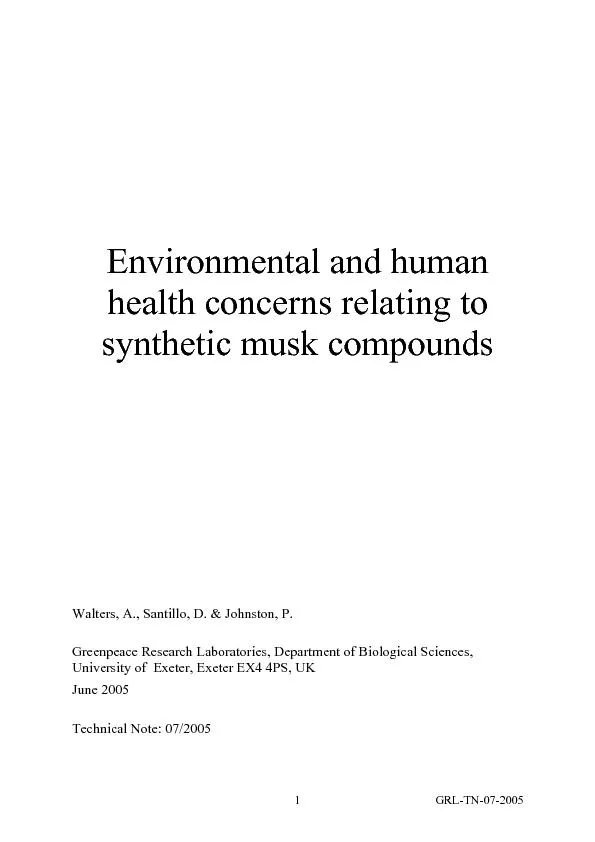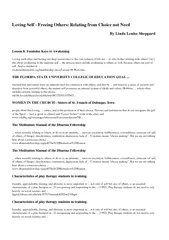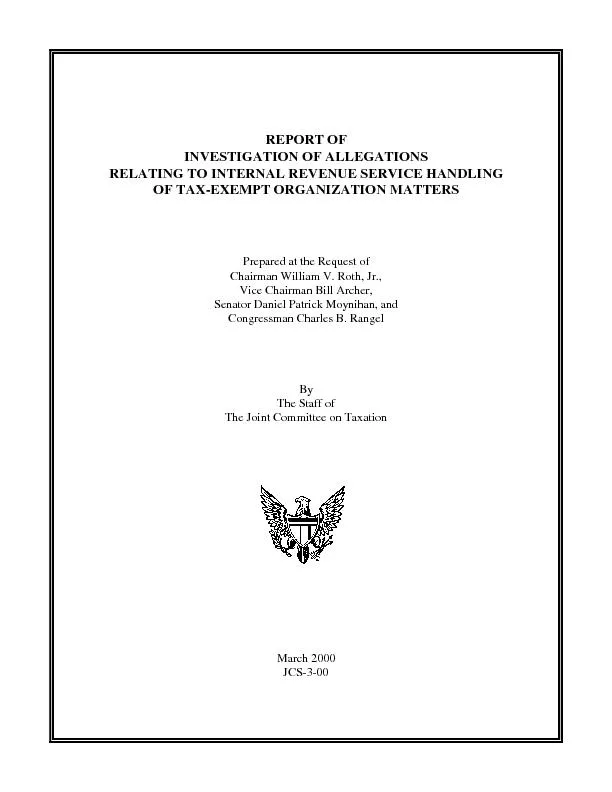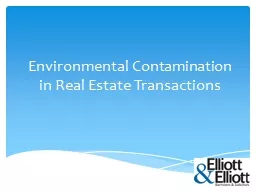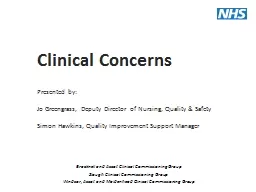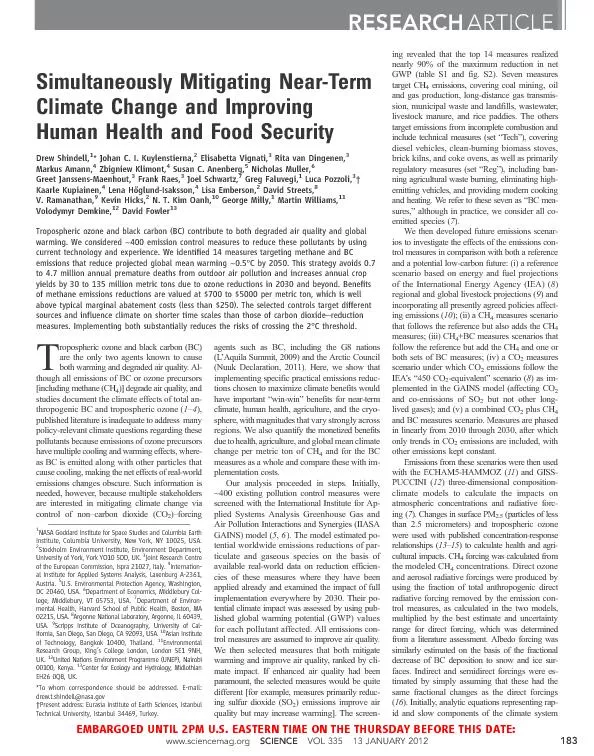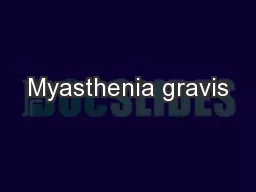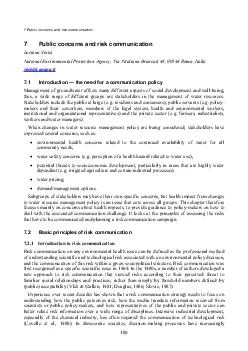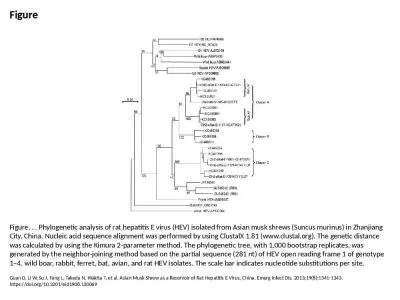PDF-Environmental and humanhealth concerns relating tosynthetic musk compo
Author : lois-ondreau | Published Date : 2016-06-29
GRLTN072005 Walters A Santillo D Johnston P Greenpeace Research Laboratories DeUniversity of Exeter Exeter EX4 4PS UK June 2005 Technical Note 072005 GRLTN072005 Executive
Presentation Embed Code
Download Presentation
Download Presentation The PPT/PDF document "Environmental and humanhealth concerns r..." is the property of its rightful owner. Permission is granted to download and print the materials on this website for personal, non-commercial use only, and to display it on your personal computer provided you do not modify the materials and that you retain all copyright notices contained in the materials. By downloading content from our website, you accept the terms of this agreement.
Environmental and humanhealth concerns relating tosynthetic musk compo: Transcript
Download Rules Of Document
"Environmental and humanhealth concerns relating tosynthetic musk compo"The content belongs to its owner. You may download and print it for personal use, without modification, and keep all copyright notices. By downloading, you agree to these terms.
Related Documents

